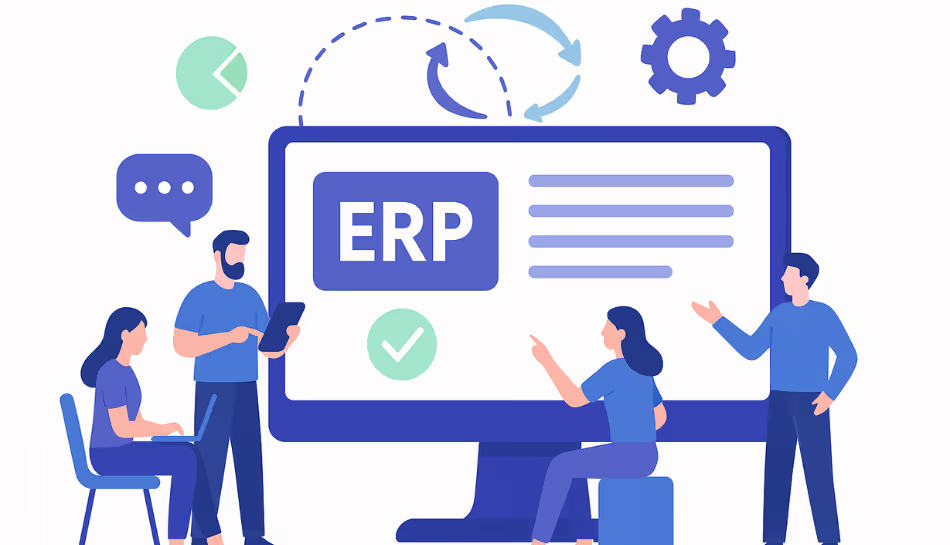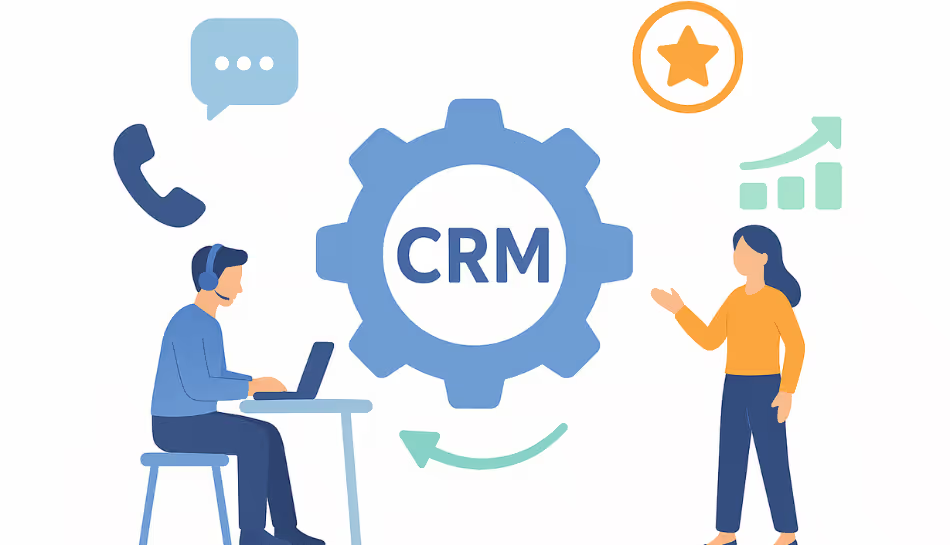
Investing in an ERP system in 2026 is one of the most strategic decisions a growing business can make. From streamlining operations to enhancing data accuracy and real-time decision-making, ERP systems offer immense value. But before implementing one, it's crucial to understand the full picture, especially when it comes to ERP pricing.
So, how much does it cost to implement ERP software in 2026? The answer depends on a range of factors including the deployment model, business size, modules needed, and more. This guide provides a complete breakdown of ERP system cost, helping you make informed decisions and avoid hidden surprises.
ERP Software Cost: What’s Included?
The cost of ERP software isn't just about the license or subscription fee. It includes several components, such as:
- Software license or subscription
- Implementation and customization
- Training and onboarding
- Maintenance and support
- Infrastructure (for on-premise)
- Data migration
ERP Pricing Models: Cloud vs On-Premise in 2026
A key factor influencing the ERP software price is whether you choose cloud-based or on-premise deployment.
- Cloud ERP systems are hosted by the vendor and accessed via the internet. Costs are subscription-based (monthly or annually), typically ranging from ₹2,000 to ₹10,000 per user per month for small to mid-sized businesses. These solutions reduce upfront infrastructure costs and offer faster implementation.
- On-premise ERP systems involve purchasing a perpetual license and setting up servers on-site. ERP development cost and infrastructure expenses can push the total cost higher, with licenses starting at ₹5,00,000 and implementation often exceeding ₹15,00,000 depending on complexity.
ERP System Cost for Small Businesses
Small businesses often worry about affordability. Fortunately, many vendors offer ERP pricing tiers for small to medium businesses that start around ₹50,000 to ₹2,00,000 annually, depending on user count and features.
Cloud ERP makes it possible for small businesses to avoid heavy capital expenditure and pay as they grow. Still, it’s important to budget for implementation, training, and ongoing support, even for starter plans.
Hidden Costs in ERP Implementation and Support
While vendors may advertise a low entry price, the hidden costs in ERP implementation and support can escalate quickly if not planned for. These include:
- Custom development work
- Third-party integrations
- Additional training
- Upgrades and version changes
- Downtime during deployment
- Change management and internal resistance
A business may start with a ₹5 lakh budget and end up spending over ₹10 lakh once all costs are accounted for. Always ask for a transparent estimate that includes post-deployment costs as part of your ERP implementation cost.
ERP Cost Estimates by Business Needs
Here’s a general breakdown based on typical 2026 pricing:
- Small business ERP system cost: ₹1,00,000–₹5,00,000 (cloud-based, limited modules, up to 10 users)
- Mid-sized business ERP system price: ₹5,00,000–₹20,00,000 (cloud or hybrid, full suite of features)
- Large enterprise ERP software cost: ₹25,00,000 and above (fully customized, complex multi-site deployments)
The enterprise resource planning cost goes beyond the software itself, proper planning ensures you extract full value over time.
Tips for Estimating ERP Costs in 2026
To better estimate your total ERP system cost, consider the following:
- Define your must-have modules: Only pay for what you need now, and scale later.
- Choose the right deployment model: Cloud may cost less upfront, but long-term subscription fees should be evaluated.
- Factor in training and support: A well-trained team leads to faster ROI.
- Get a detailed quote: Ensure vendors include infrastructure, setup, data migration, and future upgrades.
Final Thoughts
Understanding the ERP software cost in 2026 means looking beyond the sticker price. Whether you're a small business opting for a SaaS solution or an enterprise seeking a customized on-premise system, the enterprise resource planning software price must align with your business goals, infrastructure, and growth roadmap.
This 2026 guide to ERP software cost estimation highlights that a carefully selected ERP system is not just an expense, it’s a long-term investment in operational efficiency, collaboration, and growth. Budget wisely, ask the right questions, and choose a solution that grows with you.

